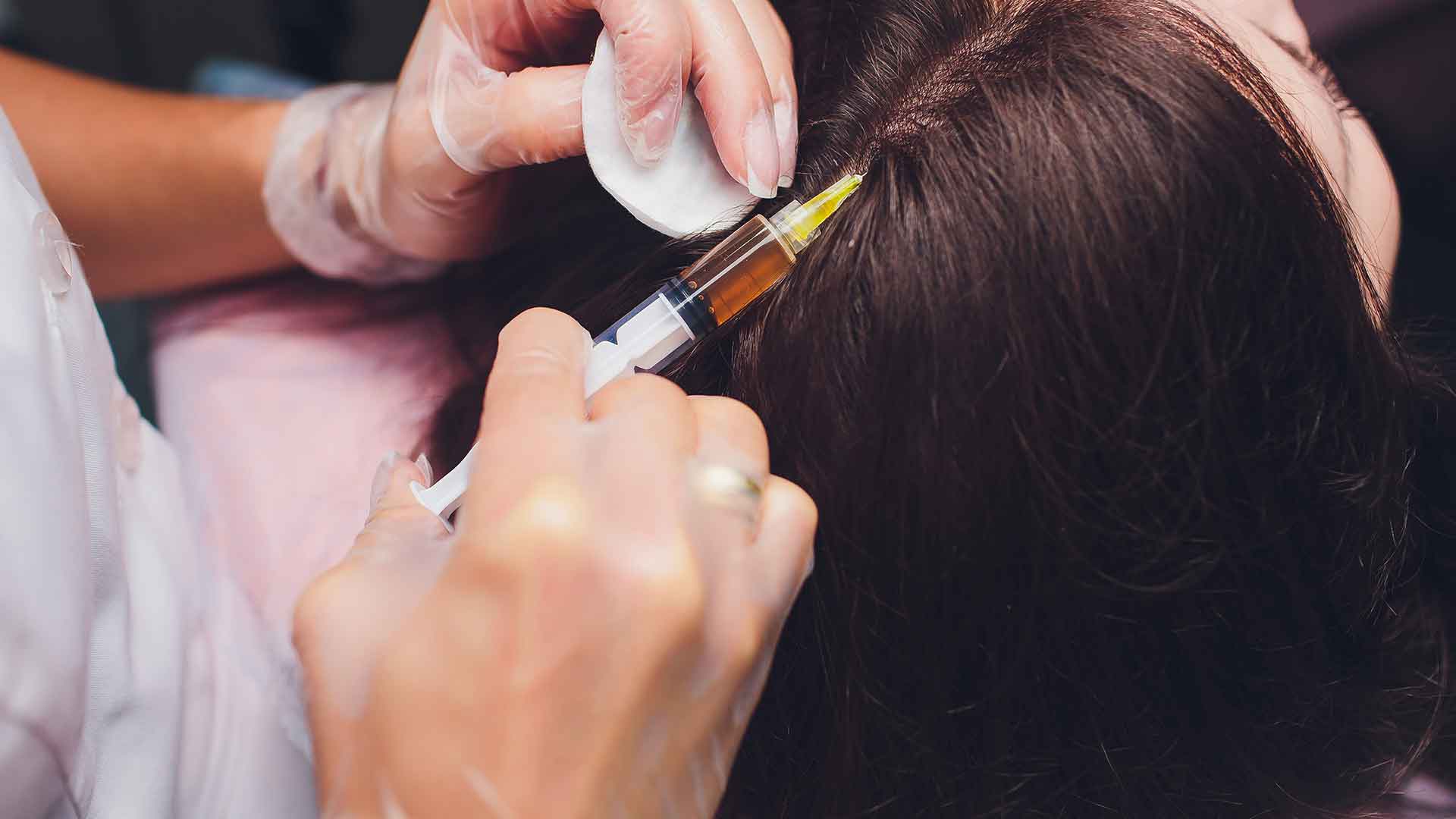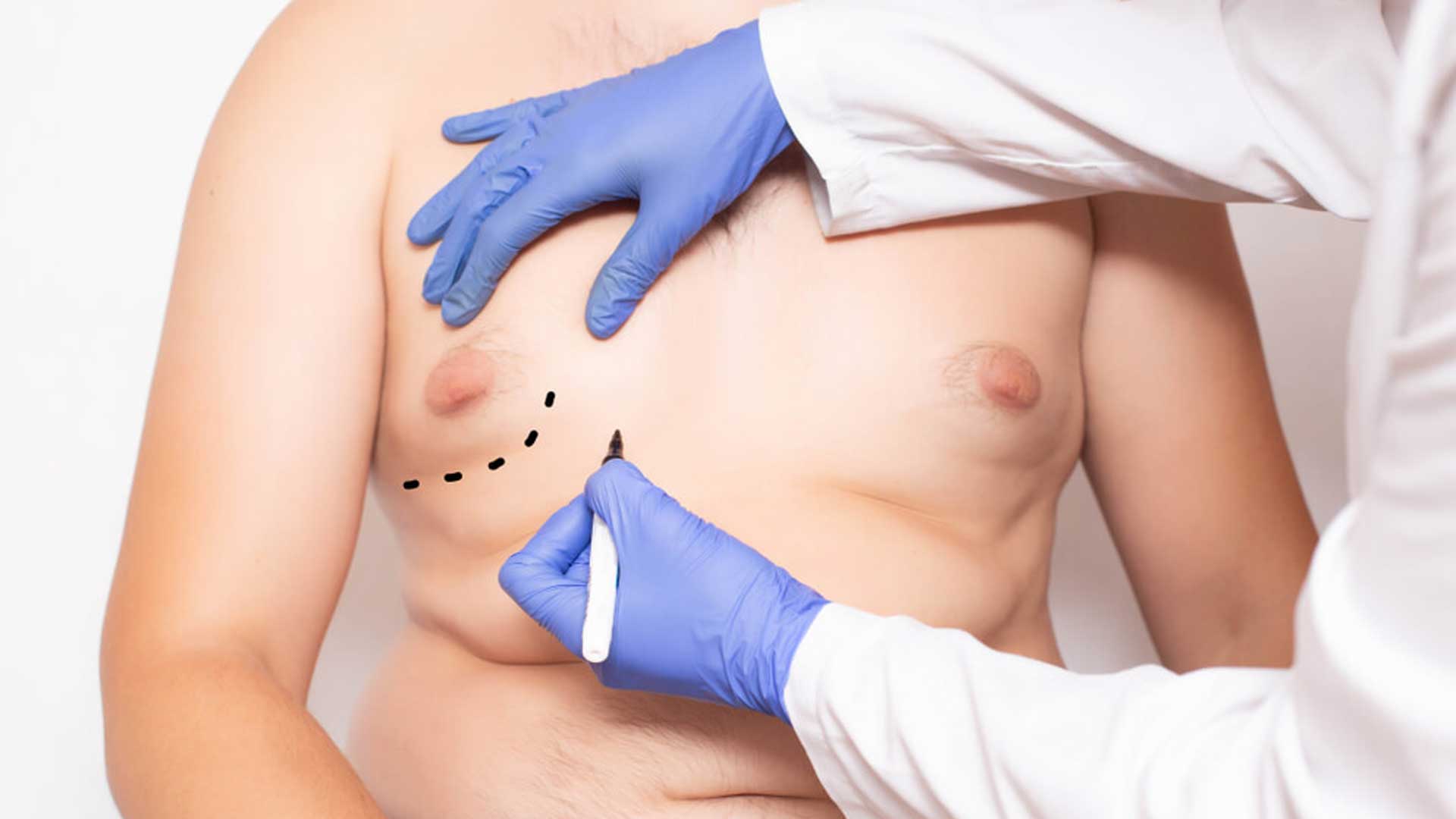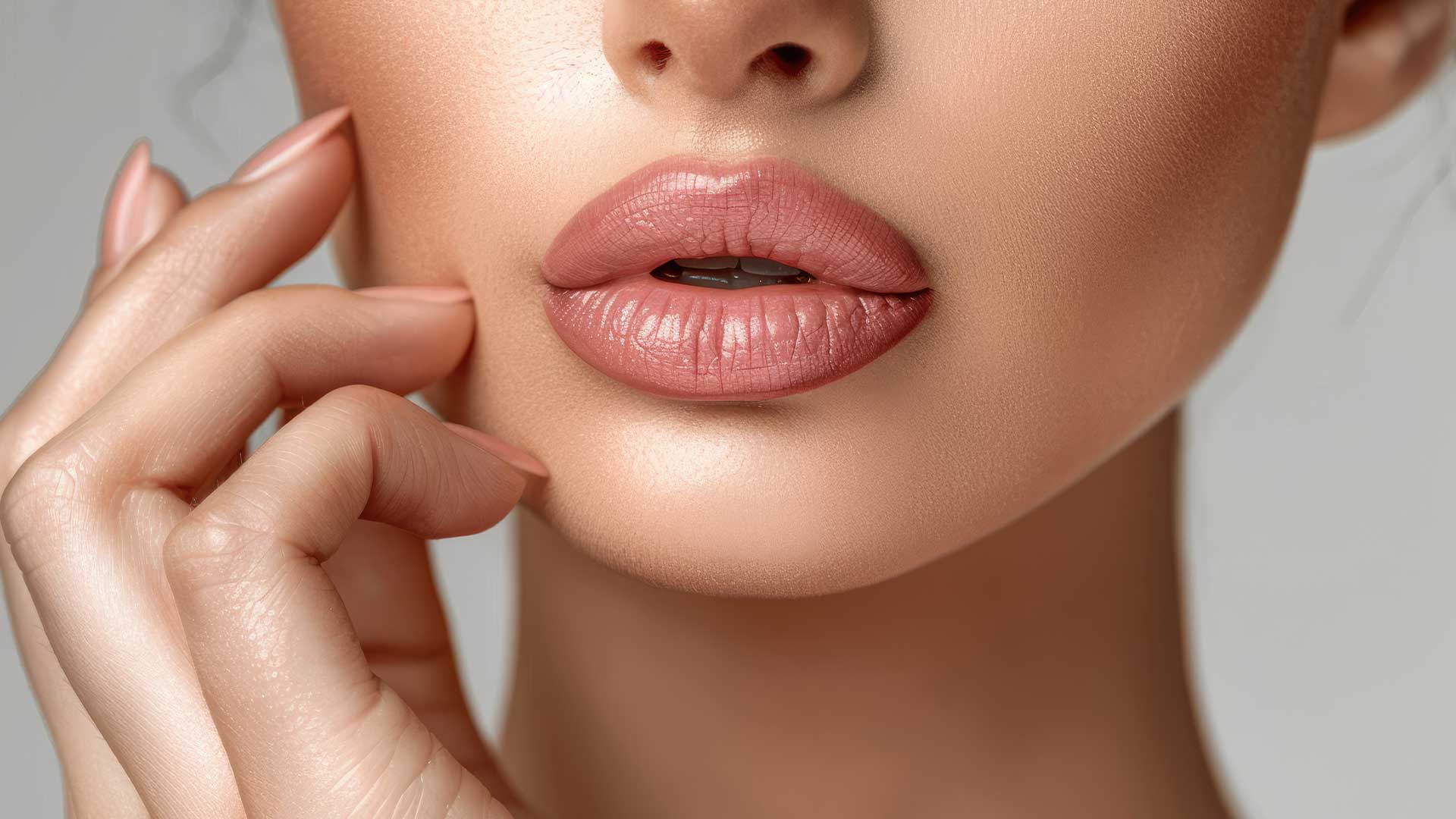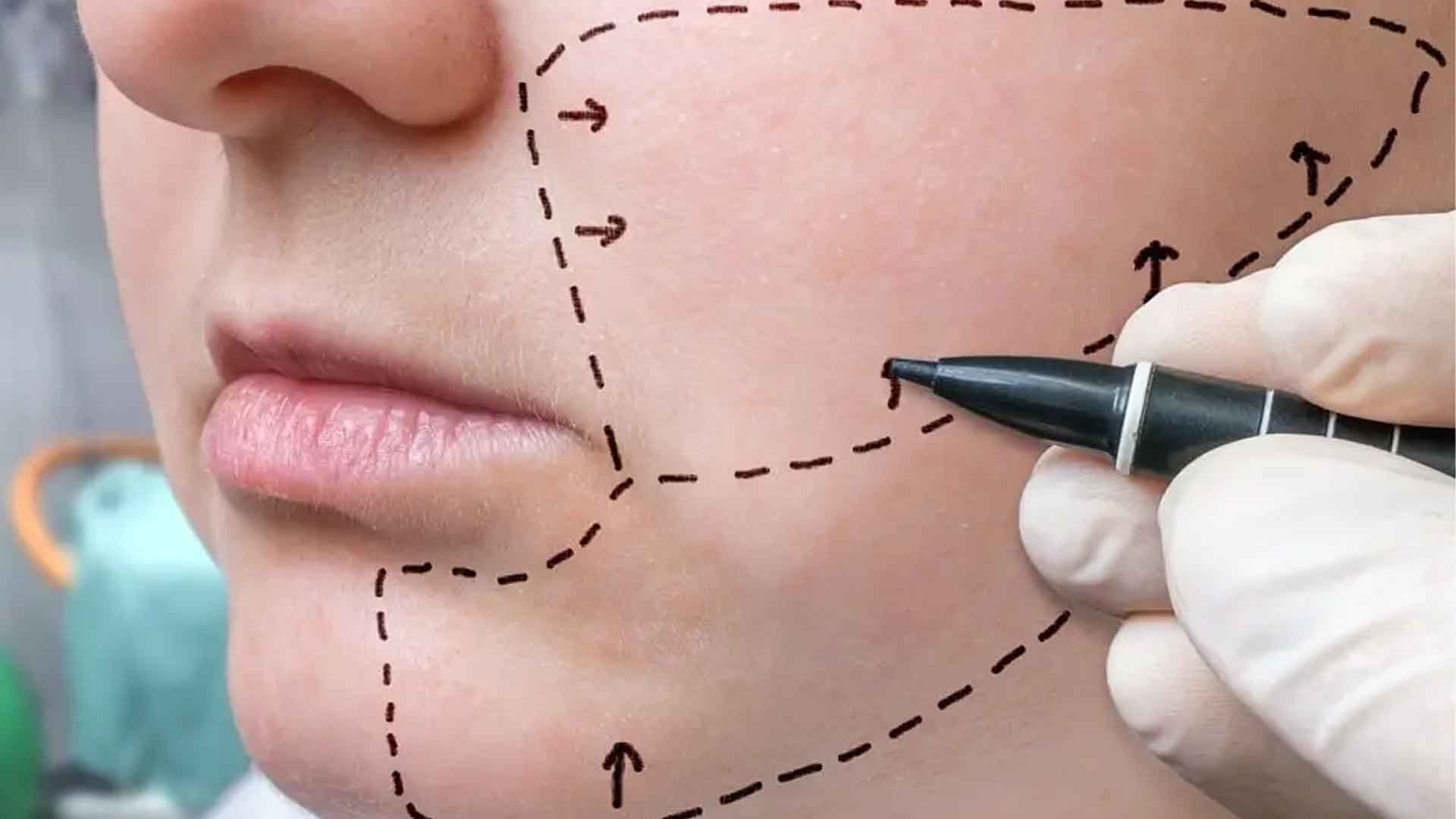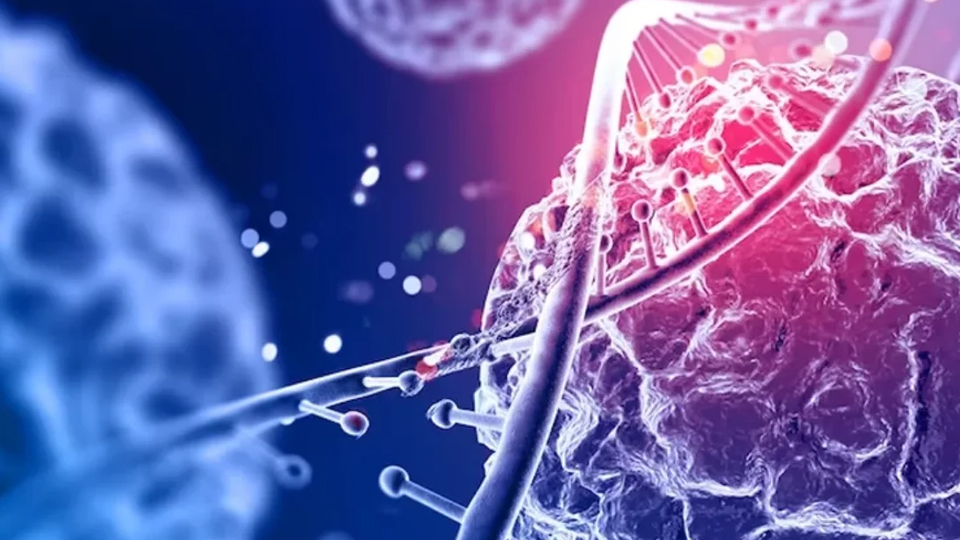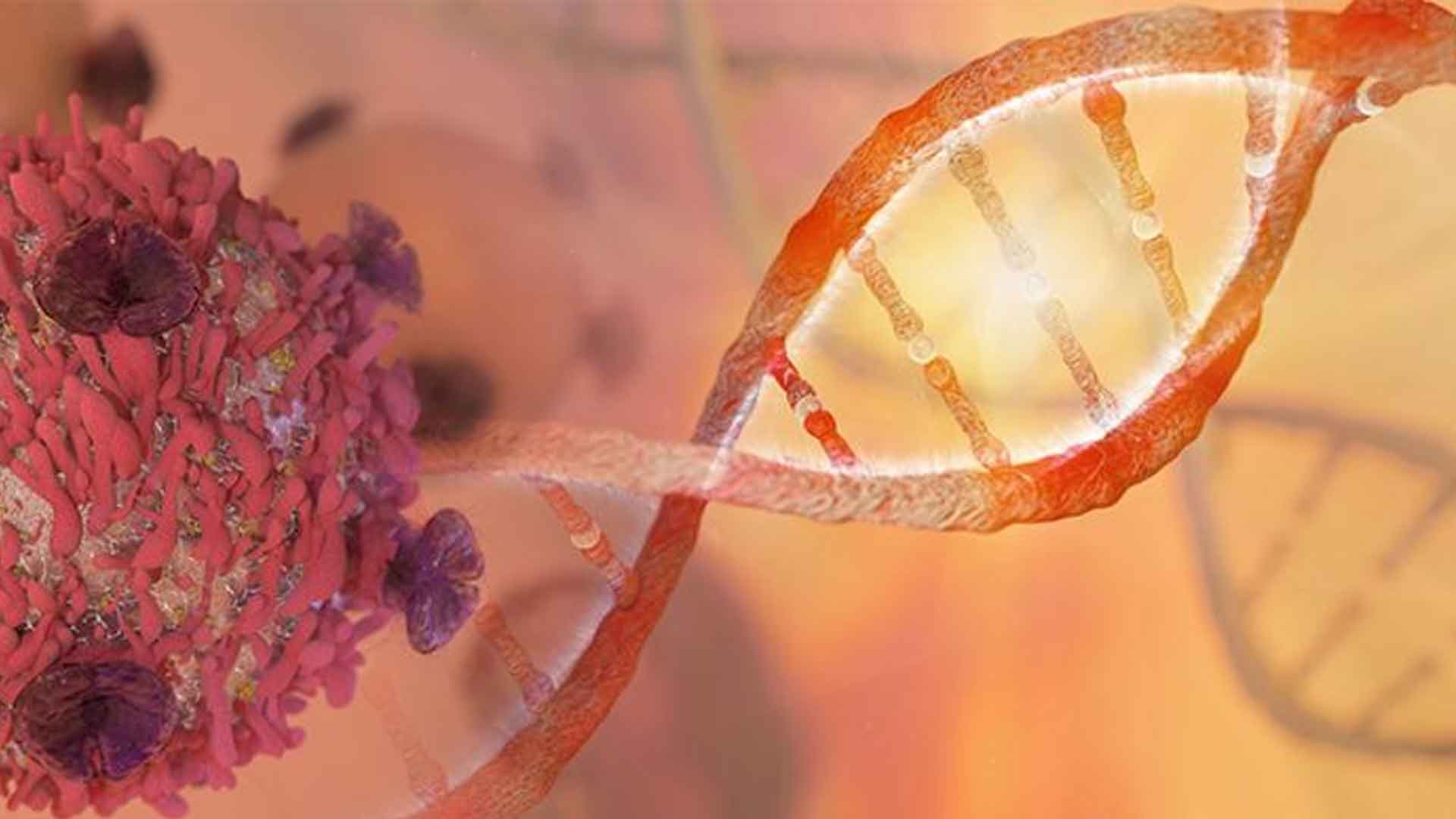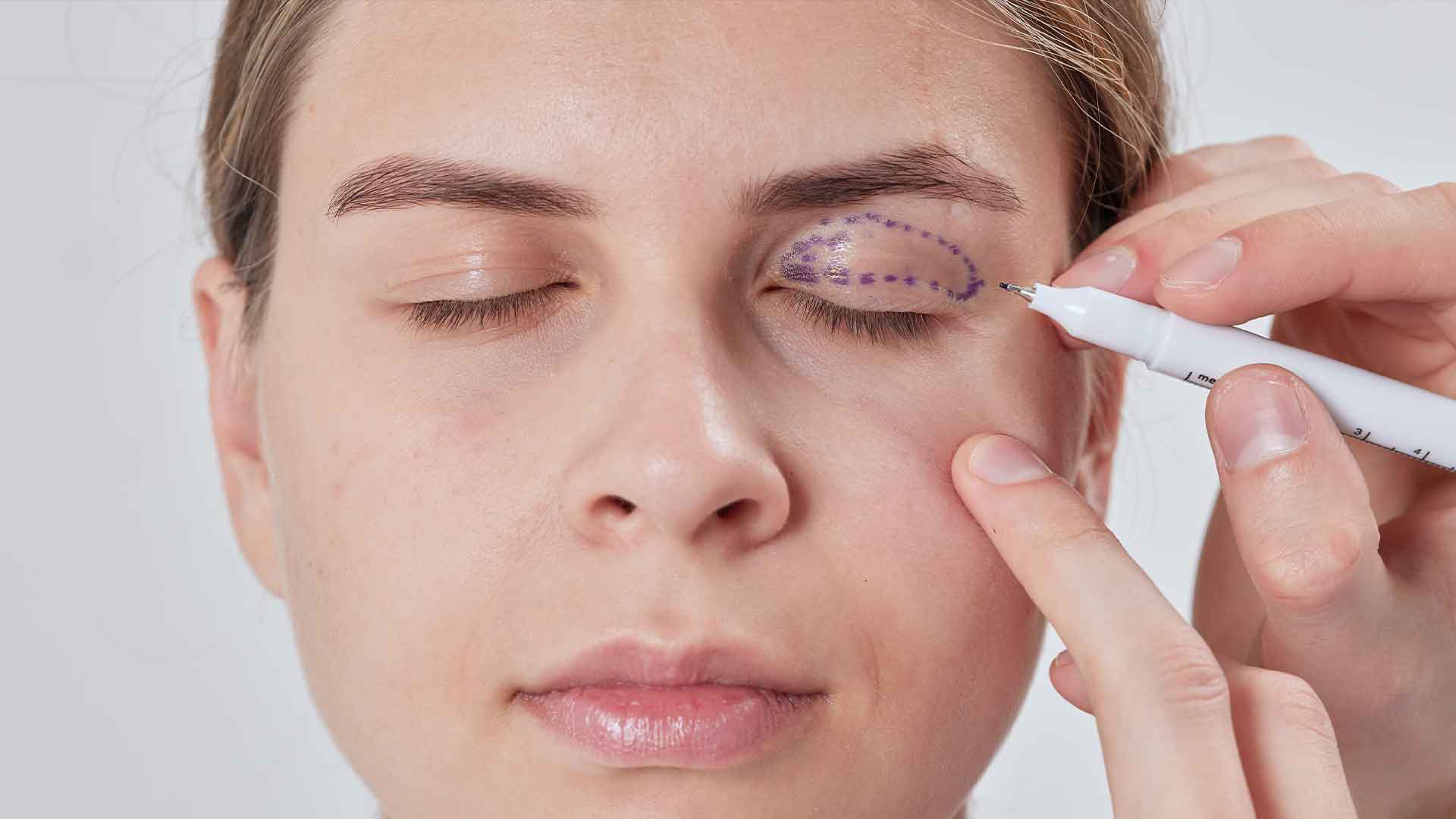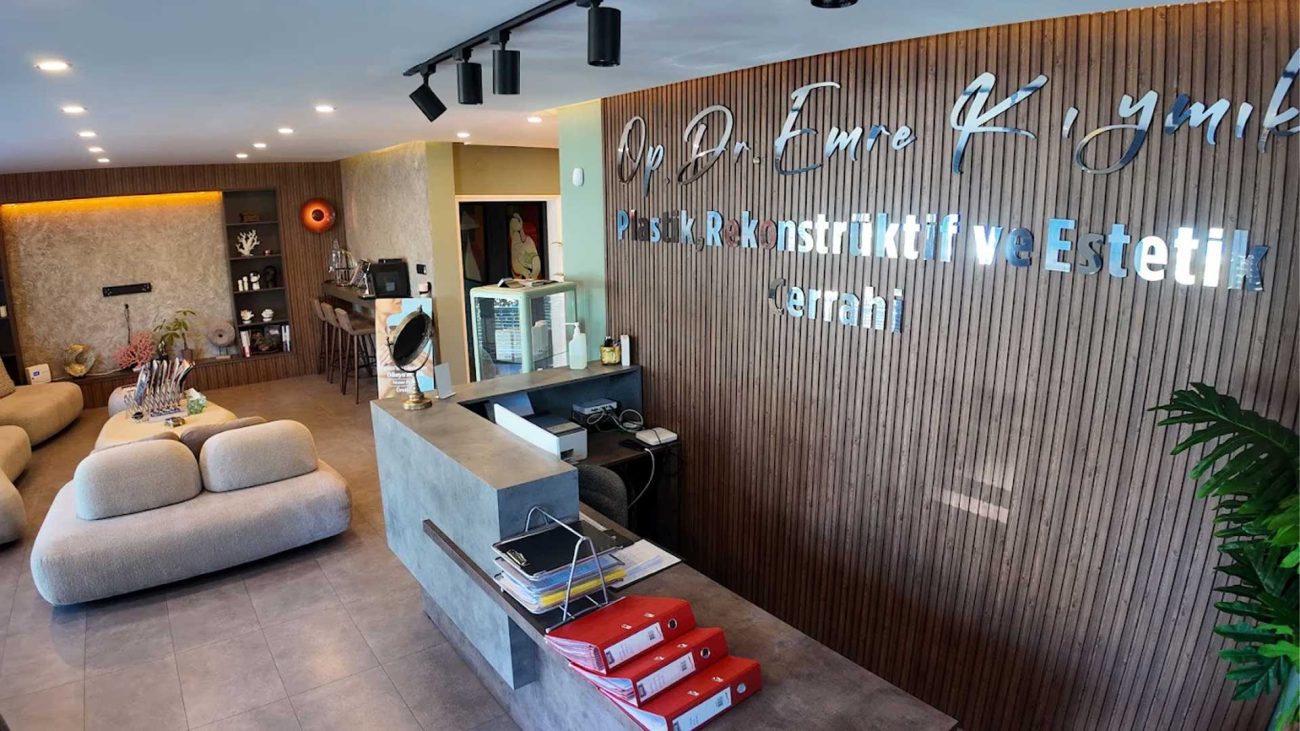What is PRP?
PRP, or “Platelet-Rich Plasma,” is a treatment that uses plasma enriched with platelets. After processing the individual’s own blood, the resulting product contains a higher concentration of platelets than normal blood levels in the body.
Who is eligible for PRP treatment?
It is used for non-healing wounds, orthopedic problems, vascular problems, dentistry, and aesthetic purposes. PRP therapy is used to treat wrinkles, blemishes, acne, scars, and stretch marks. After application, a reduction in sagging and wrinkles is observed.
How Is PRP Treatment Performed?
Blood is drawn from the person to receive PRP and placed in special tubes that prevent clotting. These tubes are run through a device called a centrifuge at a specific speed and for a specific period of time, separating the cells in the blood into different components. The platelet-rich component is then collected into syringes and administered to the treatment area either by injection or as a dermal therapy.
Who is not eligible for PRP treatment?
It is not administered to individuals with low platelet counts, those with blood disorders, those with blood-borne infectious diseases (such as HIV, hepatitis, or active syphilis), pregnant or breastfeeding women, those with autoimmune diseases, or cancer patients.
When does the effect of PRP become apparent?
A single session does not produce a meaningful effect. Although the effect begins within 1 week, the maximum effect is observed after 1 month. For this reason, everyone who wants to benefit from the treatment must complete all application sessions.
HOW MANY SESSIONS SHOULD I HAVE?
It varies depending on the purpose and the area to be treated. On average, 3-6 sessions are performed, but more sessions may be required depending on your doctor’s assessment.
Can PRP be done in summer?
The season does not matter for PRP. It can also be done in summer, but a good sunscreen should be used.
HOW LONG DOES THE PRP PROCEDURE TAKE?
After blood is drawn, preparing the PRP takes approximately 8-15 minutes. Applying the PRP to the skin takes 10-20 minutes.
What should be considered after the PRP procedure?
You should not bathe on the same day as the procedure, and you should use sunscreen regularly after the procedure.

